SUMMARY
This is AI generated summarization, which may have errors. For context, always refer to the full article.
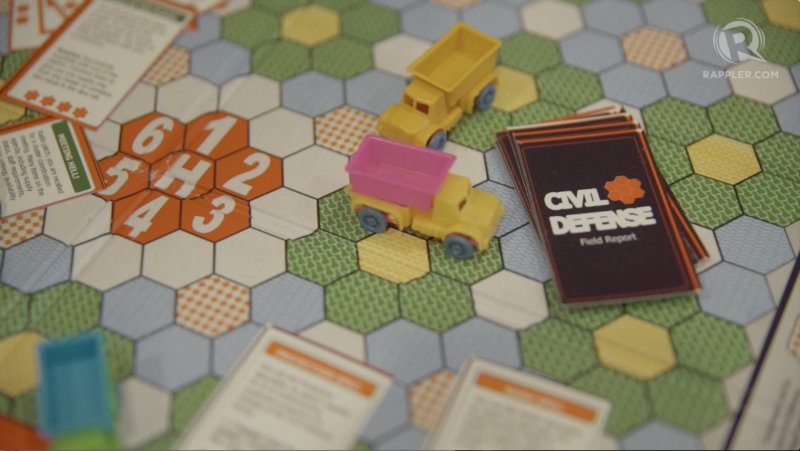
MANILA, Philippines – Imagine this.
A super typhoon just ravaged the city. You were deployed as a responder to the area. In its immediate aftermath, you bear the responsibility of allocating your limited resources efficiently.
Each decision comes with its own risk and rewards.
How do you make sure relief goods will reach communities that need help? How will you overcome challenges like looting, hunger, and limited resources?
This is the concept behind Civil Defense: The Strategic Humanitarian Crisis Board Game that was designed by Francis Gasgonia.
Lack of innovative tools
Francis Gasgonia is not a game designer by profession.
A sociologist and urban planner, Gasgonia conceptualized Civil Defense after his Tacloban deployment in the aftermath of Super Typhoon Yolanda (Haiyan). There, he realized that the disaster risk reduction (DRR) community lacked the innovative tools to teach communities about disaster preparedness.
“Nag-isip ako before nu’ng nagte-train pa ako ng community-based DRR, ano ‘yung mga tools na ginagamit natin. Kasi madalas ang ginagamit ay lecture type, community mapping, Venn diagram, vision mapping. Hindi siya masyadong engaging, lalo na sa mga youth and young adults pati sa mga older persons natin,” he said
(I thought of all the tools we use for community-based DRR trainings. Most of the time, the trainings come as lecture type, community mapping, Venn diagram, and vision mapping. These activities are not engaging especially to the youth and the older people.)

This was echoed by emergency and safety advocate Martin Aguda.
According to him, while awareness is high, making sure communities translate this to concrete action is a different matter altogether.
“It’s not enough to tell them how to duck, cover, and hold. It is important to bring the lessons and situations to their respective houses. The instructions should be very specific to their experience,” Aguda said in a phone interview with Rappler. (READ: Bring disaster preparedness down to communities – DILG exec)
Aguda, on the other hand, founded the “Rescue March Challenge,” a camaraderie march of rescuers in preparation for the Big One.
Who can play
Civil Defense can be played by two to six players. Each game usually lasts an hour. However, during rigorous training and workshops, Gasgonia suggested that the game be played for up to 4 hours.
The cards have different physical and mental challenges that all aim to put you in the shoes of disaster responders and humanitarian volunteers. (WATCH: Rappler Talk: Disaster preparedness in the age of social media)
“May mga physical challenges – push-ups, burpees. May mga mental challenges like role-playing. For example you get kidnapped as a volunteer or kapag naambush convoy niyo, what would you do? At the end of it, the game is race to 100 points,” Gasgonia explained.
(There are physical challenges – push-ups, burpees. There are mental challenges like role-playing)
While the activities might be novel for the players, they are actually familiar scenarios for post-disaster responders, according to Gasgonia. The goal is to teach the youth concepts on disaster risk reduction in a fun and engaging way.
“Yung [visual] learning mas makukuha niya yung results if you provide them a situation or scenario that allows them to think critical. Mas mai-incorparate nila yung results, especially for the targeted audience which is the millennial age group. They lack or crave for experience. One way to do this is through visual learning,” Gasgonia added.
(You will see more positive results through visual learning, when you provide them situations or scenarios that allow them to think critically. They will be able to incorporate the results especially to the targeted audience)
Gasgonia said he hopes to partner with schools and universities, through the National Service Training Program that focuses on disaster preparedness, and private companies that are interested in incorporating the boardgame for their business continuity programs.
Making the boardgame
From July 7 to 8, the Samsung Hall lit with up activity as hundreds of disaster risk reduction advocates go around the XChange area of the Agos Summit, organized by MovePH, Rappler’s civic engagement arm.
Several groups showcased their own projects and innovations for disaster risk reduction including Red Cross, Liter of Light, Humanitarian Leadership Academy, Manila Water Foundation, Philippine Army, PLDT, and Smart.
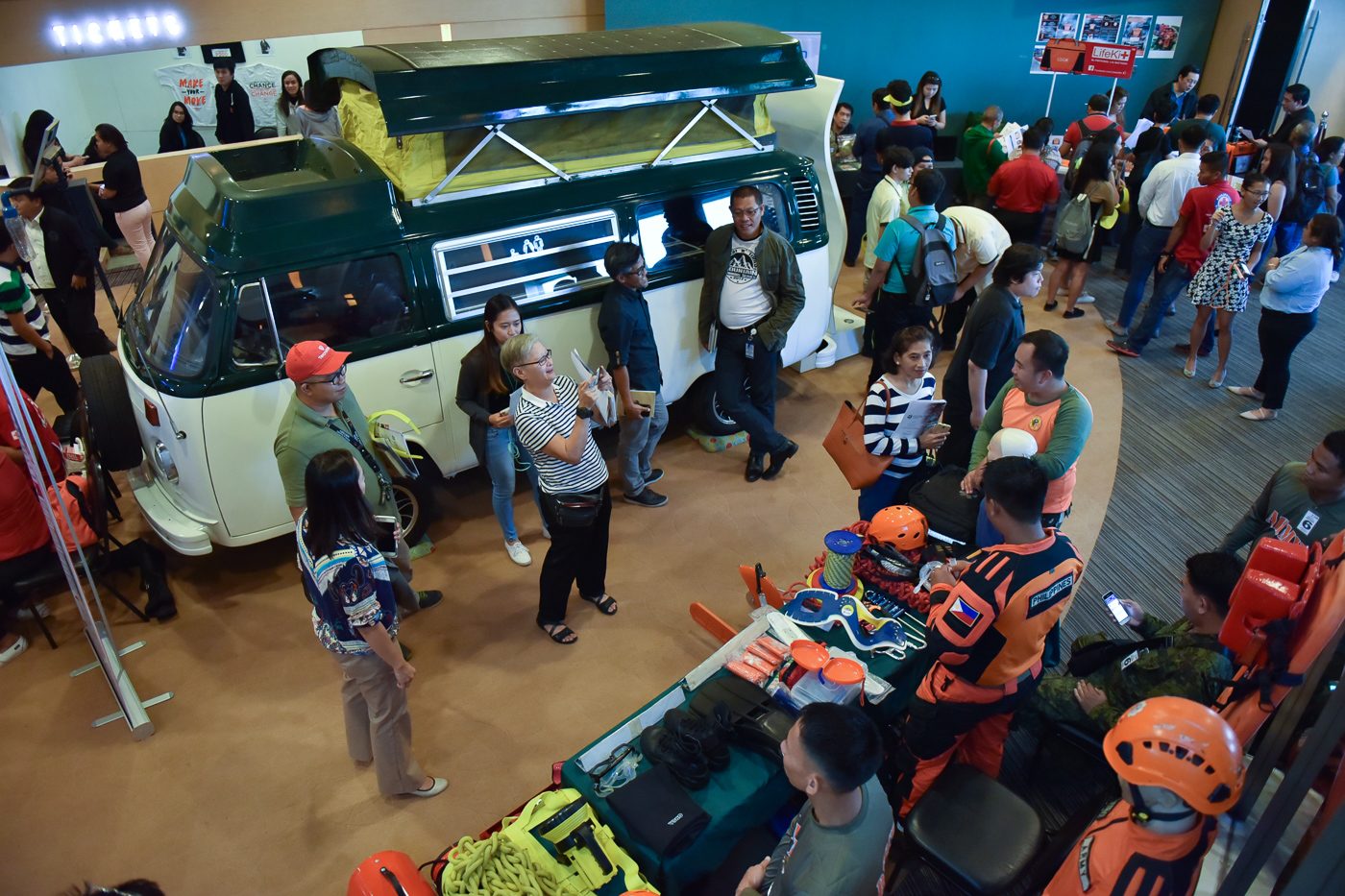
In the middle of the bustling activity stood Gasgonia, the only lone exhibitor, with his board game.
According to Gasgonia, it took him six month before he was able turn his initial idea to the physical product.
“There were several challenges. When I was starting to develop, I had to balance my time because I had a day job and I was going to graduate school. From time to time, I would allocate one to two hours before going to bed – I would start sketching it, writing the details, drafting the board game design,” Gasgonia shared.
Fortunately, his hard work and dedication paid of. According to him, several groups, companies, and individuals have so far bought and expressed interest to purchase the board game.
With Civil Defense, you can prepare for disasters and play a board game at the same time, proving that learning does not have to stop when the fun starts. – Rappler.com
Learn more about the board game by visiting its Facebook page
Add a comment
How does this make you feel?
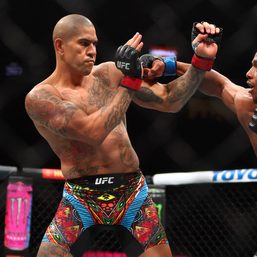
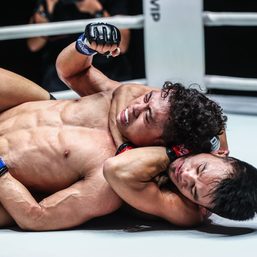
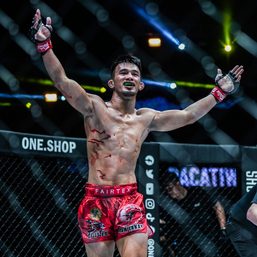

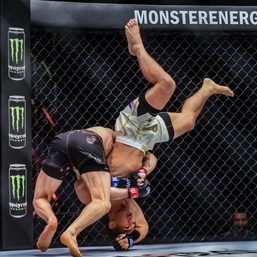
There are no comments yet. Add your comment to start the conversation.